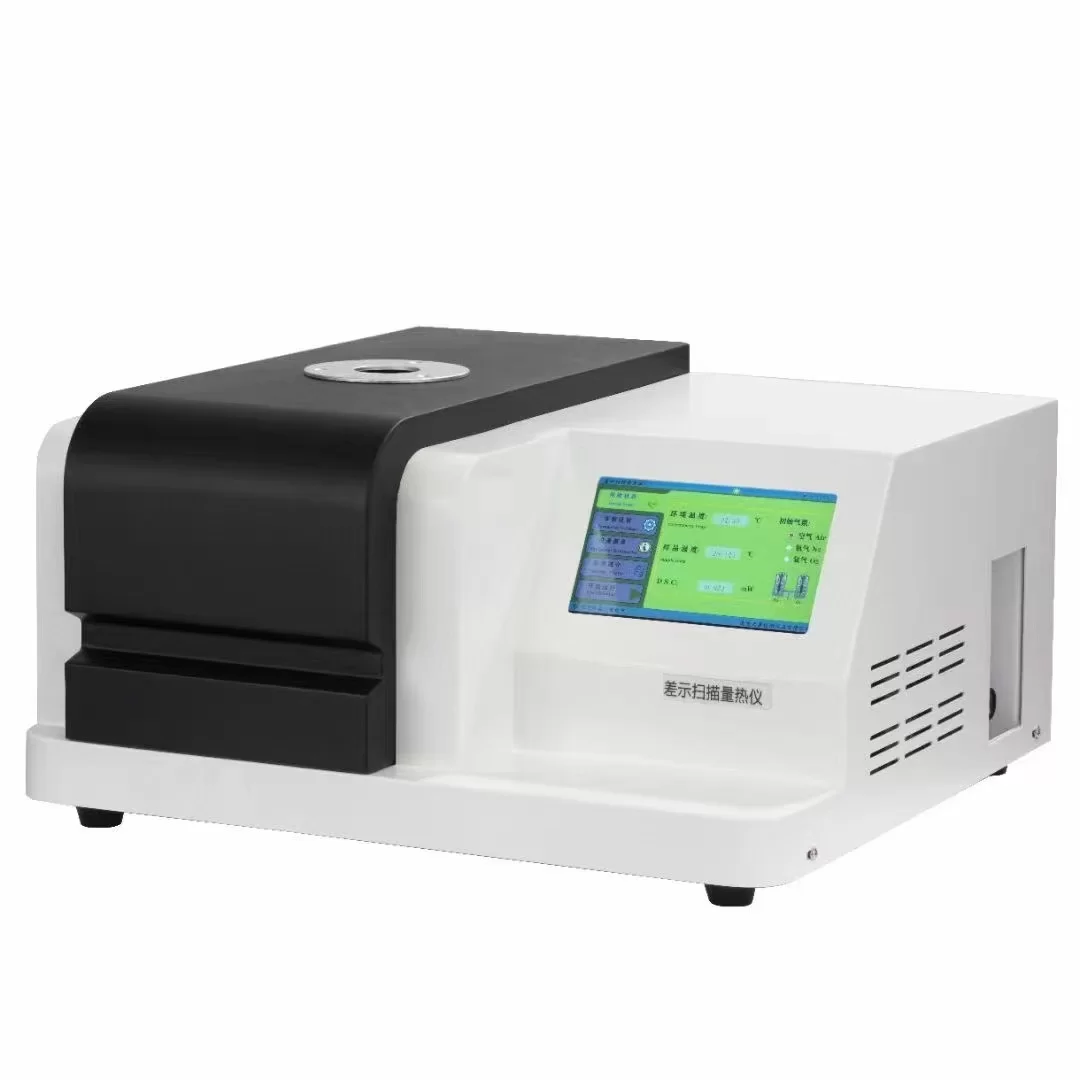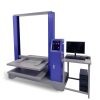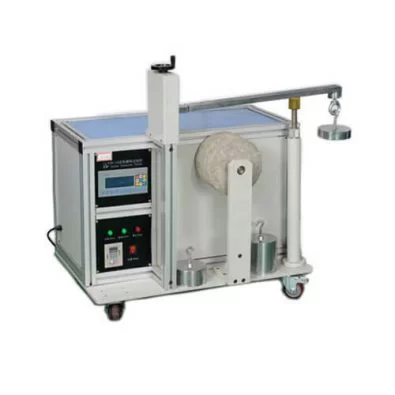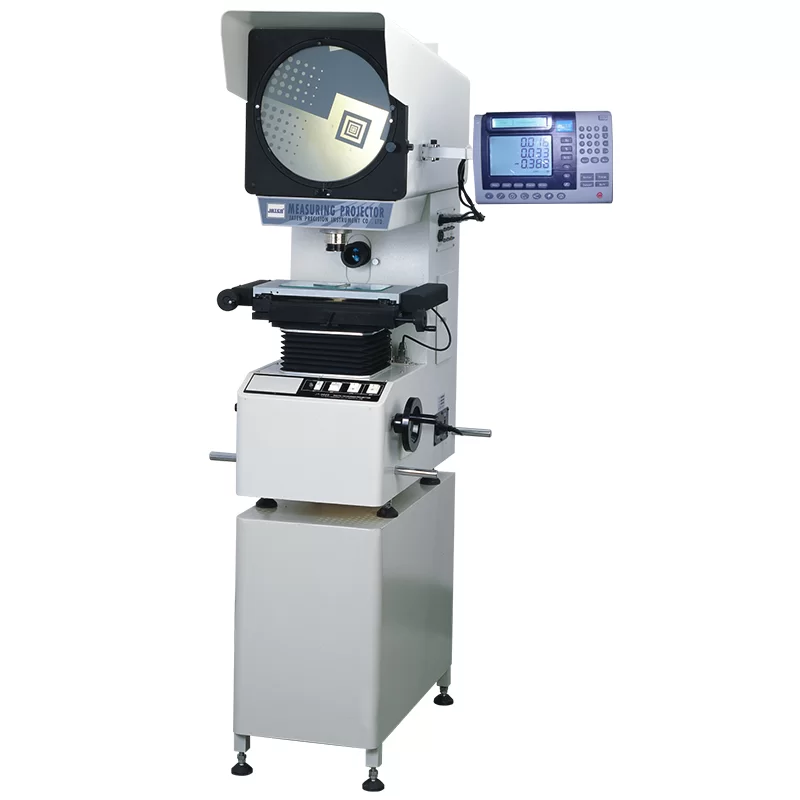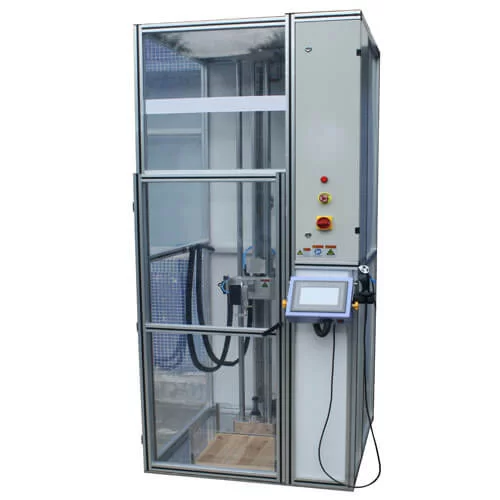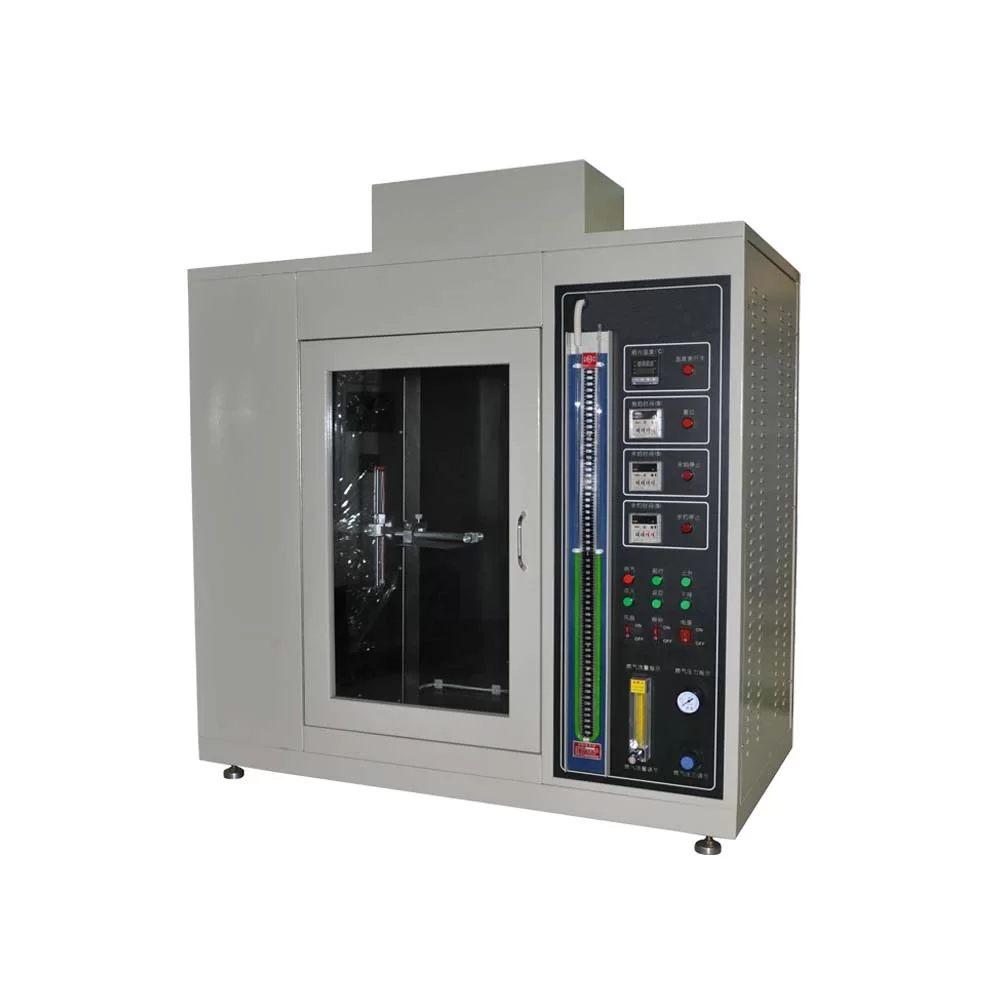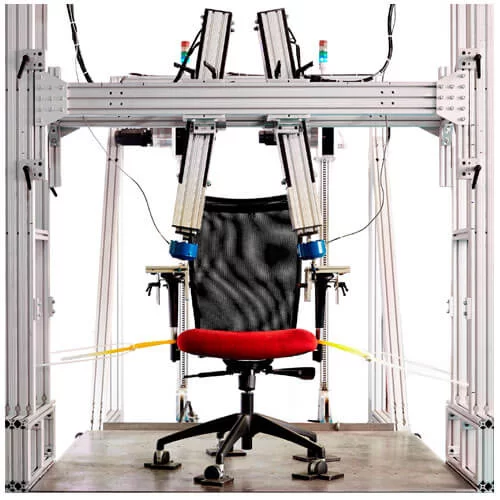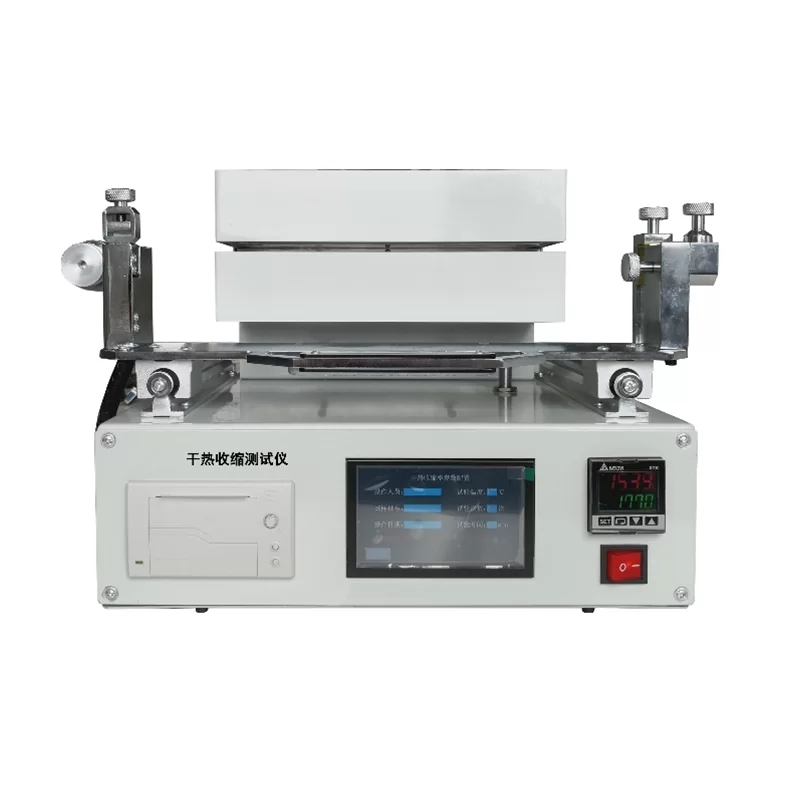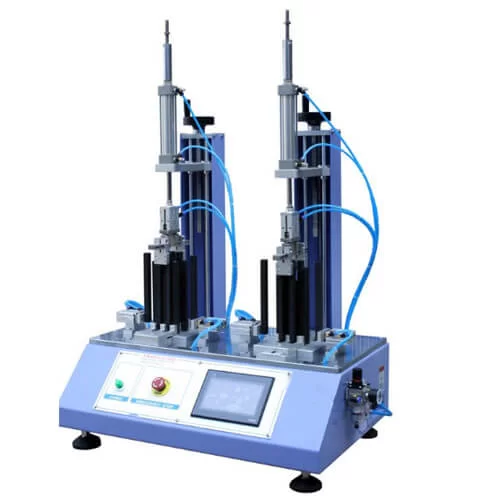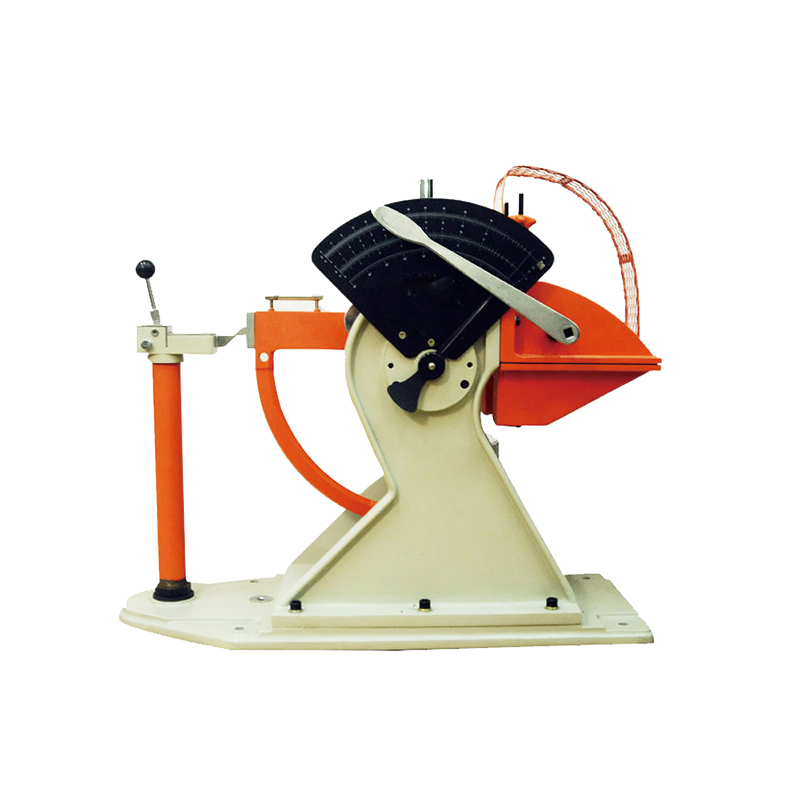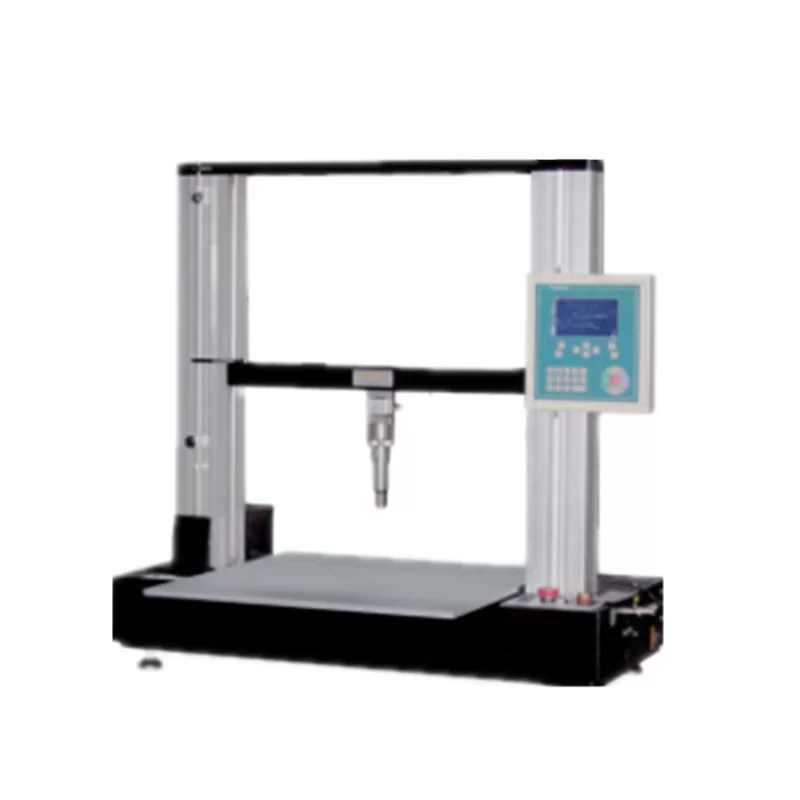Product Specification
|
1. Temperature range
|
room temperature~ 600℃
|
|
2. Temperature resolution
|
0.001℃
|
|
3. Temperature fluctuation
|
±0.01℃
|
|
4. Temperature repeatability
|
±0.1℃
|
|
5. Heating rate
|
0.1~100℃/min
|
|
6. Cooling rate
|
0.1~20℃/min
|
|
7. Constant temperature time
|
program setting ≤ 24h
|
|
8. Curve scan
|
heating scan, cooling scan
|
|
9. DSC range
|
0~±800mW
|
|
10. DSC resolution
|
0.01uW
|
|
11. DSC accuracy
|
0.001mW
|
|
12. Temperature control method
|
heating, constant temperature, cooling
|
|
13. Working power supply
|
AC220V/50Hz or customized
|
|
14. Atmosphere control gas
|
nitrogen, oxygen (automatic switching of the instrument)
|
|
15. Gas flow
|
0-300mL/min
|
|
16. Gas pressure
|
0.3MPa
|
|
17. Display mode
|
24bit color, 7-inch LCD touchscreen display
|
|
18. Data interface
|
standard USB interface
|
|
19. Parameter standard
|
equipped with standard substances (indium, tin, lead). Users can correct the temperature by themselves
|
|
20. The instrument has multiple sets of thermocouples, a set of test sample temperatures, and a set of test instrument internal
ambient temperature |
|
|
21. Software with automatic analysis function
|
|
|
22. Multi-stage temperature rise and fall test, five-stage program setting
|
|
Differential Scanning Calorimeter Features
- The industrial-grade 7-inch touchscreen displays rich information.
- New metal furnace body structure, better baseline, and higher precision. The heating adopts the indirect conduction method. So it has high uniformity and stability and reduces pulse radiation. It is better than the traditional heating mode.
- The universality of the USB communication interface is strong, and the communication is reliable and uninterrupted. It also supports the self-recovery connection function.
- The two air volumes can be switched automatically—fast switching speed and short stabilization time. At the same time, it increases the protective gas input.
- The differential scanning calorimeter’s software is simple and easy to operate.
Applications
- Materials transition temperature test
- Phase transition test
- Melting and enthalpy value test
- Product stability test
- Curing test,
- Specific heat test
- Oxidation induction period test
